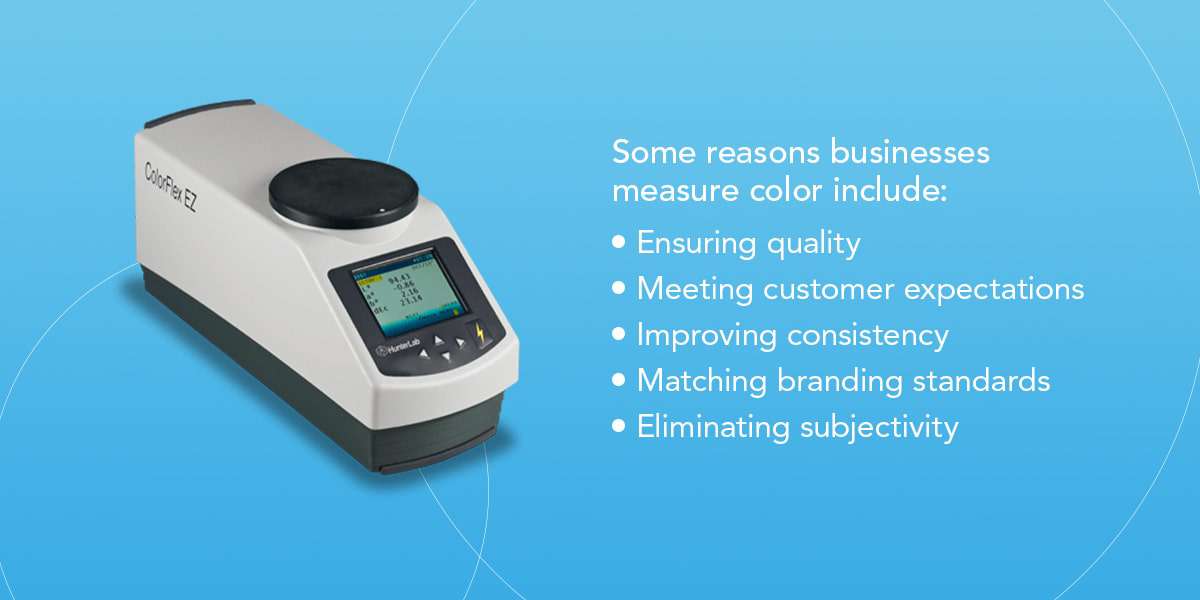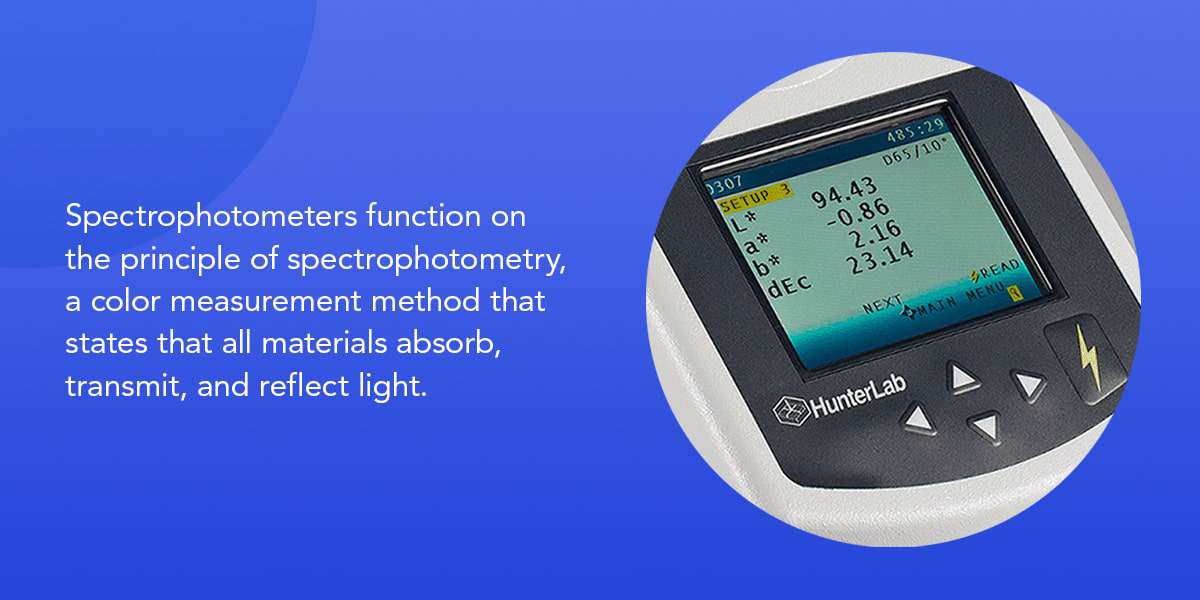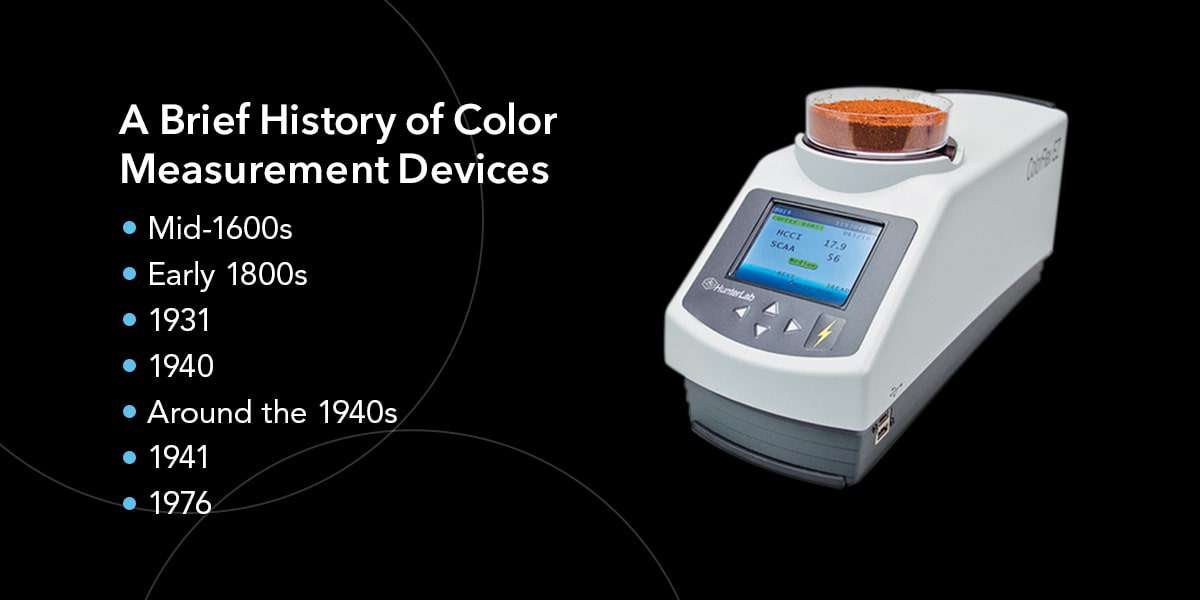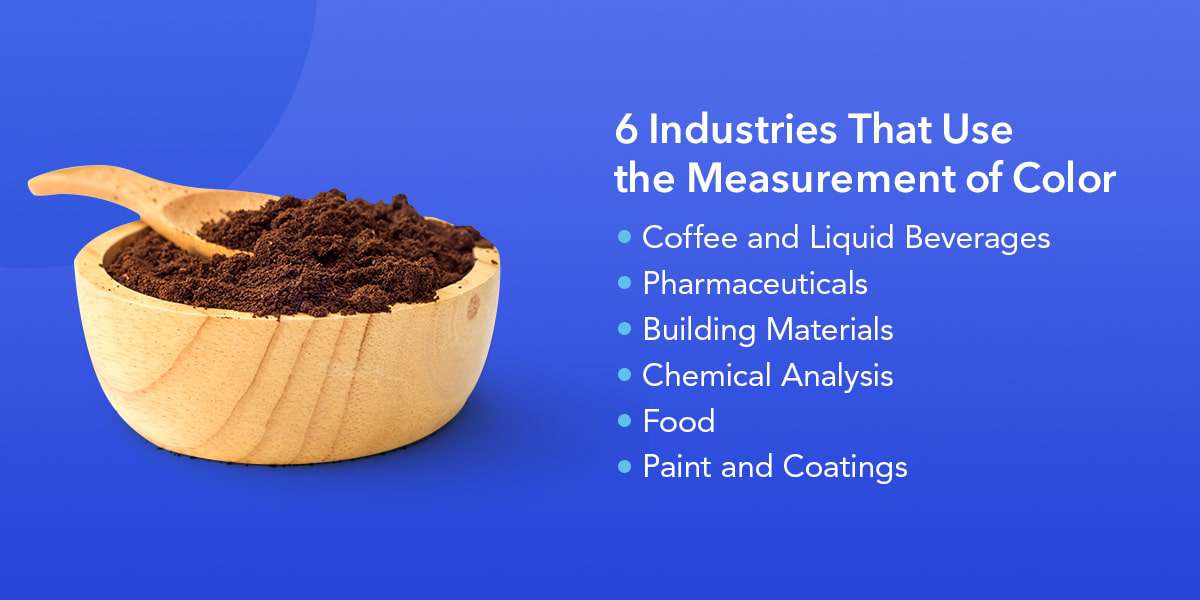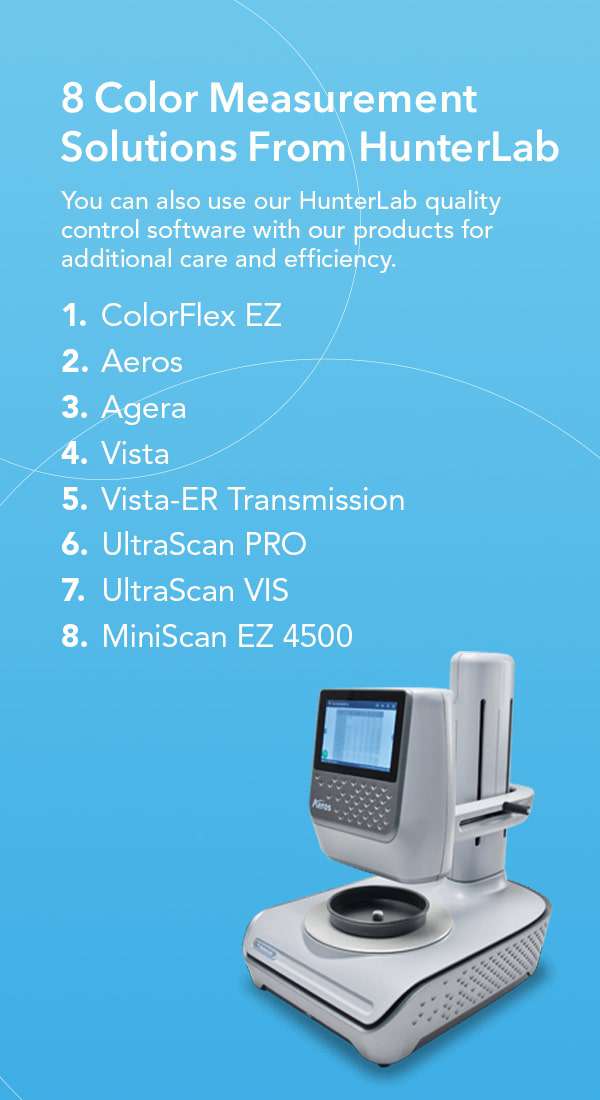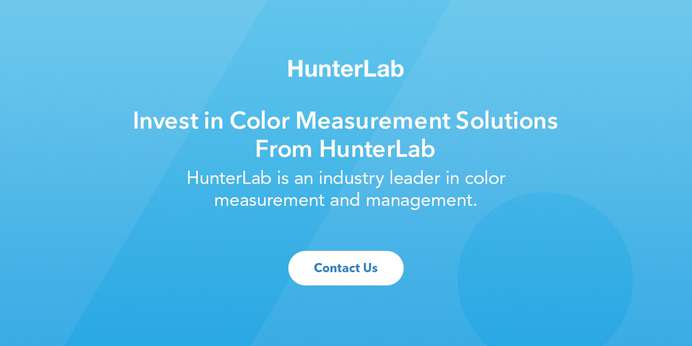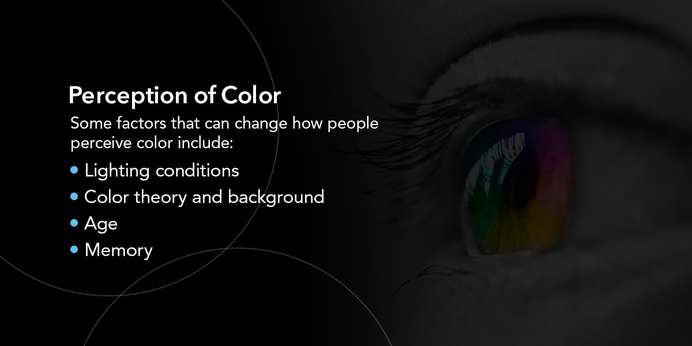
Color has the power to influence mood and quality standards, which makes maintaining and understanding color essential for organizations. Color measurement can help companies learn more about their products and manage their colors.
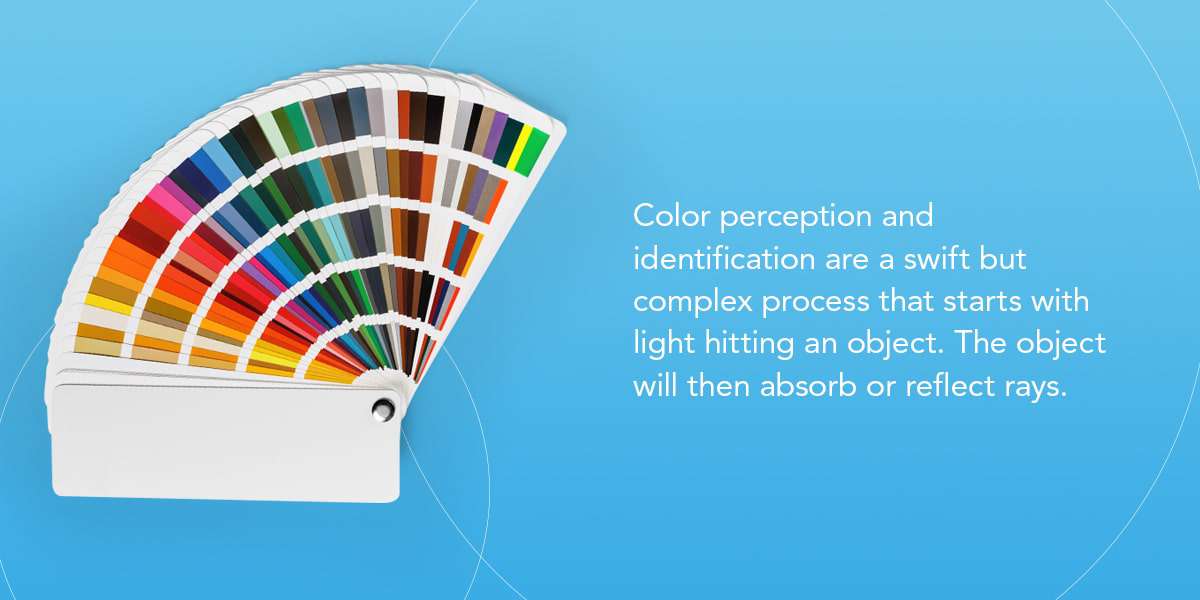
What Is Color and How Do We See It?
To understand how to measure color, you need to look at the science behind how we perceive color. The color that humans see is part of the visible light spectrum, which is the range of light wavelengths the human eye can detect. Wavelengths that fall outside the visible light spectrum, like infrared and ultraviolet, are invisible to us.
The visible light spectrum contains all the colors of the rainbow, with a unique wavelength for each color. These wavelengths vary, with red being the longest and violet being the shortest.
Color perception and identification are a swift but complex process that starts with light hitting an object. The object will then absorb or reflect rays. The human eye detects the wavelengths the object reflects and translates that information into color. For example, since a tomato reflects only the longest wavelengths, we interpret it as red. When something reflects all light, it will present as white, while objects that absorb all light are black.
However, the human eye and brain influence how people interpret and perceive color. After light waves enter the eye, cones and rods will receive and interpret them into a signal to send to the brain:
- Cones: Different cones receive different wavelengths. The L-cones have a higher sensitivity to longer wavelengths, allowing them to identify red. M-cones specialize in medium wavelengths, like green. S-cones account for short wavelengths, such as blue and purple.
- Rods: The eye’s rods function in low-light circumstances for increased visibility.
These systems encode colors into signals and send them to the brain through neural pathways and synapses.
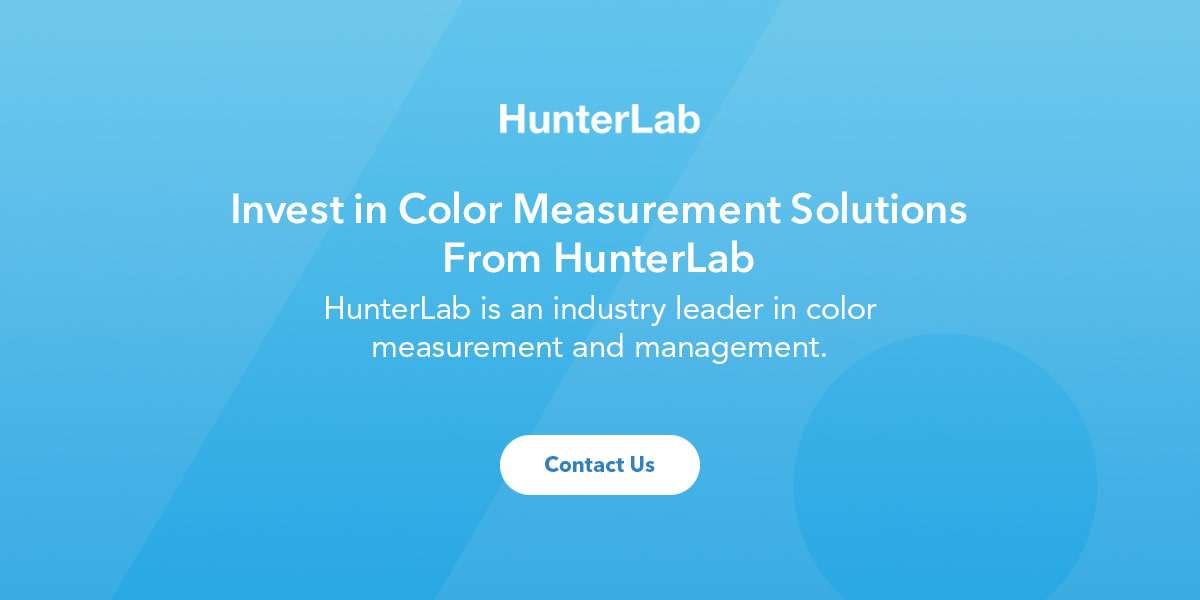
Perception of Color
While color perception seems scientific and straightforward, many external and internal factors can influence how individuals see color and color perception varies from person to person. Some factors that can change how people perceive color include:
- Lighting conditions: Your surroundings and lighting conditions can determine how you see the colors around you. Objects might seem to have different hues under bright, direct light than in dim settings. Additionally, the type of light can alter color — how you perceive color can differ in natural light versus fluorescent lighting.
- Color theory and background: Color theory involves how colors interact, impacting how others might look around them. The surface an object sits against can also determine color perception. A plain white background will have a different impact than a vibrant rainbow hue.
- Age: As we age, the eye muscles lose strength, changing how they perceive and distinguish color. They have a lower response to changes in light and lose sensitivity to blue lightwaves, making it challenging to determine color contrasts as they used to. Because of this, older people might view color differently than younger individuals.
- Memory: When people think about color, they might remember it looking different than it really did. This change in perception can make it challenging for people to match hues or implement branding and quality standards.
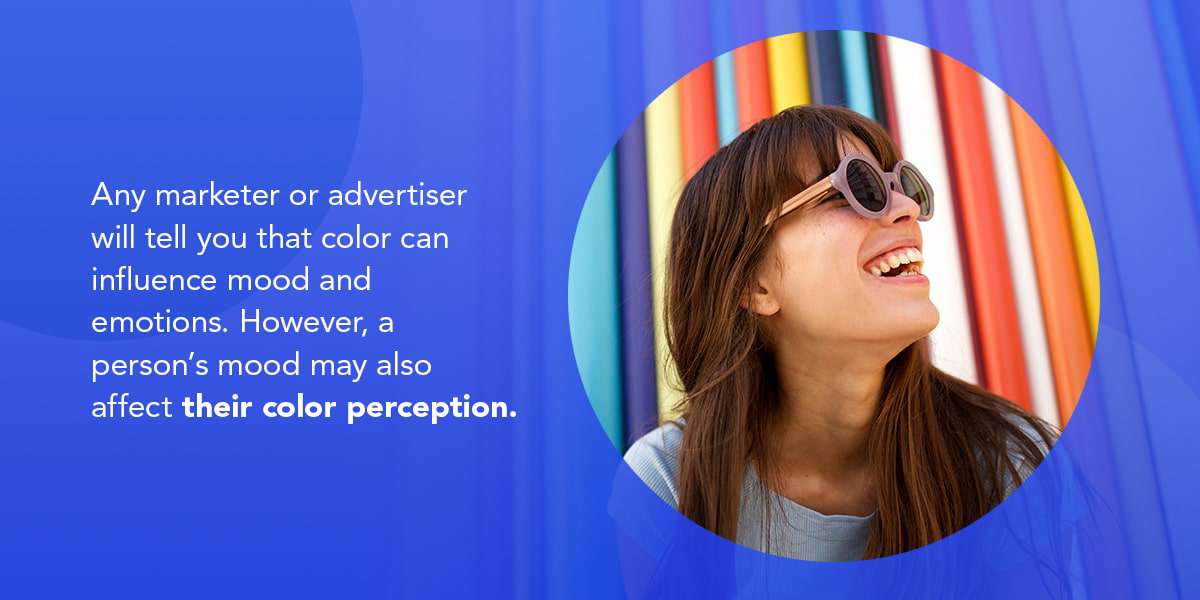
Color and Mood
Many businesses use color in branding and marketing to elicit a particular response, encouraging their customers to interact with their content and products in various ways. For example, blue often creates feelings of calm or sadness, while yellow energizes and increases happiness.
Any marketer or advertiser will tell you that color can influence mood and emotions. However, a person’s mood may also affect their color perception. Colors that evoke a particular emotion may appear more vibrant to someone whose mood already matches that feeling.
Changes in color, inconsistencies, and imperfections can also influence how people react to objects. People might view these alterations as signs of low quality or impurity, making them unsafe to use or digest. Many industries rely on color to meet customer expectations and standards, influencing their satisfaction and perception of products.

